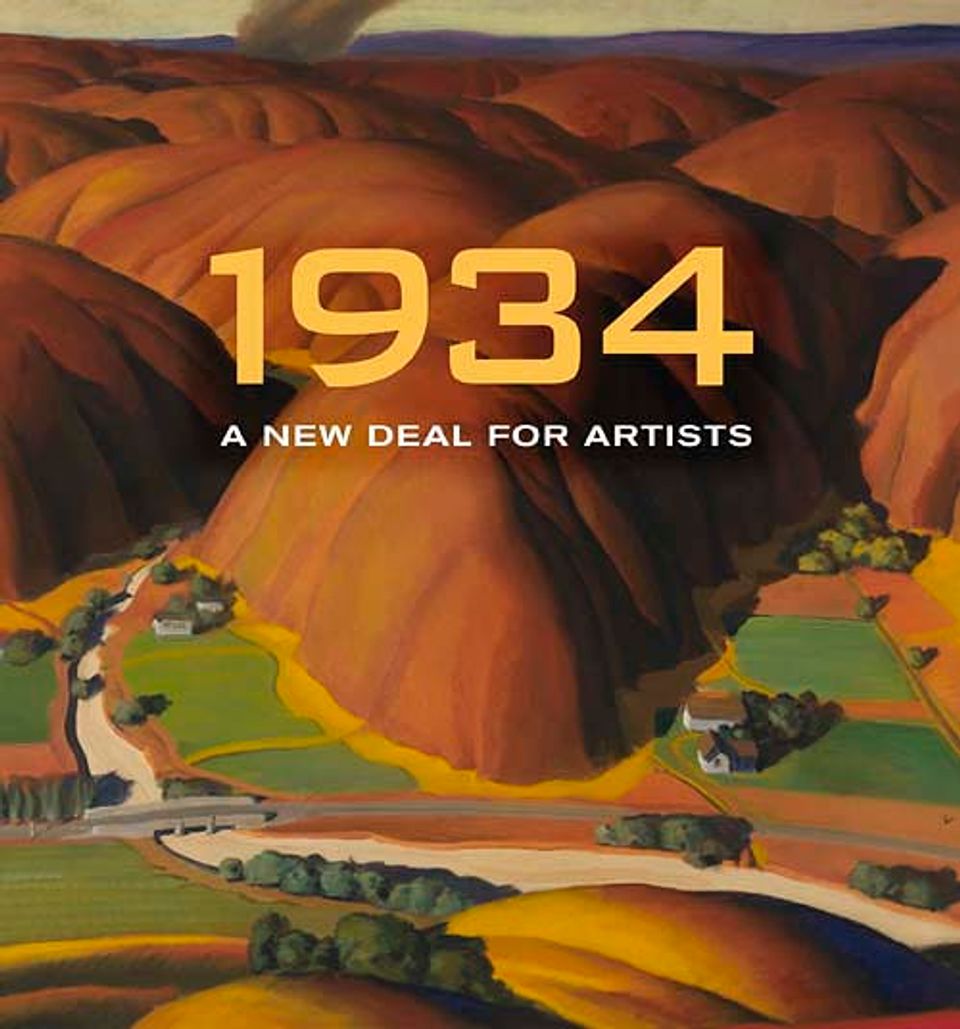Artwork Details
- Title
- Golden Gate Bridge
- Artist
- Date
- 1934
- Location
- Not on view
- Dimensions
- 44 1⁄8 x 71 3⁄4 in. (112.0 x 182.3 cm.)
- Credit Line
- Transfer from the U.S. Department of the Interior, National Park Service
- Mediums
- Mediums Description
- oil on canvas
- Classifications
- Subjects
- New Deal — Public Works of Art Project — California
- Landscape — mountain
- Waterscape — boat
- Architecture — bridge — Golden Gate Bridge
- Waterscape — harbor — San Francisco Harbor
- Landscape — California — San Francisco
- Architecture — industry
- Object Number
- 1965.18.50
Artwork Description
1934: A New Deal for Artists exhibition label
The construction of the bridge cost millions of dollars and many lives. Ray Strong's painting shows the piers on which the towers would stand rising above the water; they needed to withstand the fierce winds and currents of San Francisco Bay. Stringing the cables made for a high-wire ballet enthusiastically recorded in sober business journals, popular picture magazines, and newsreels alike. This painting appeared in a show of Works Progress Administration art at the Corcoran Gallery in Washington, and President Roosevelt chose it to hang in the White House.
Exhibition Label, Smithsonian American Art Museum, 2006














